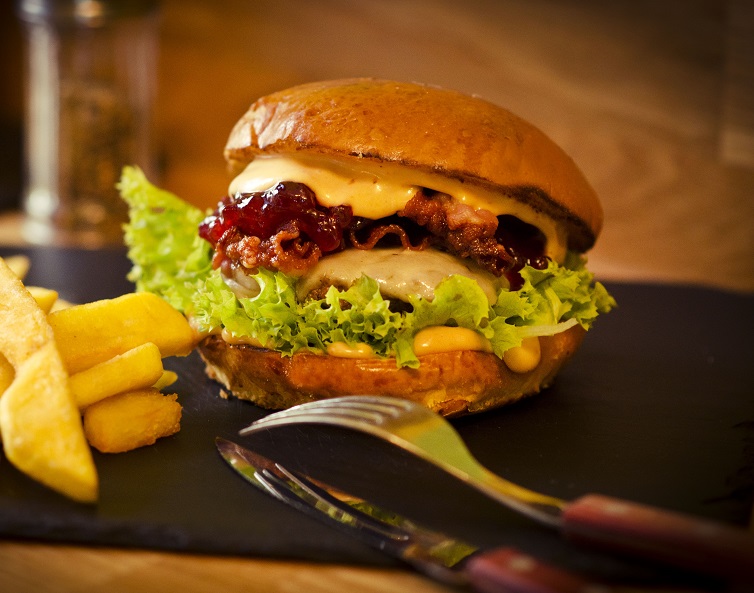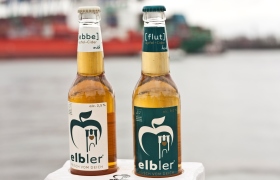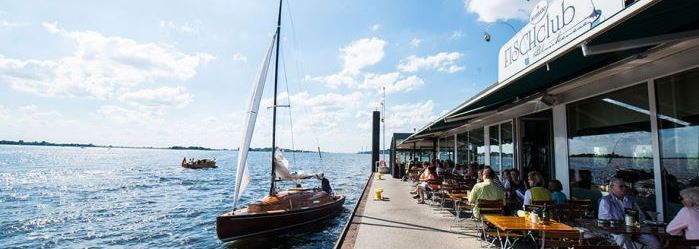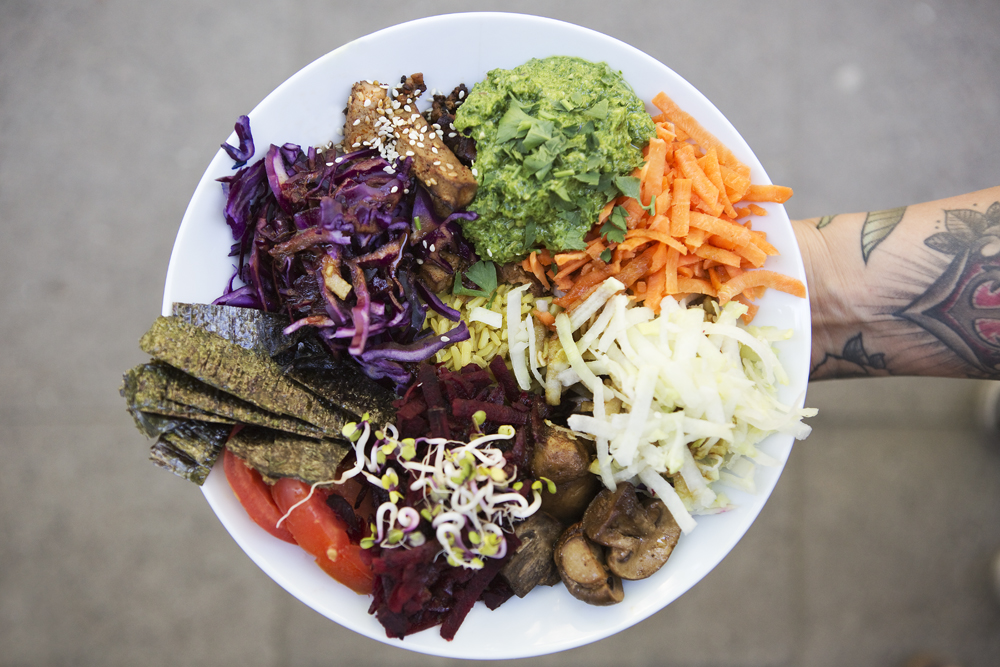Hamburg‘s kitchen reloaded - The new classic
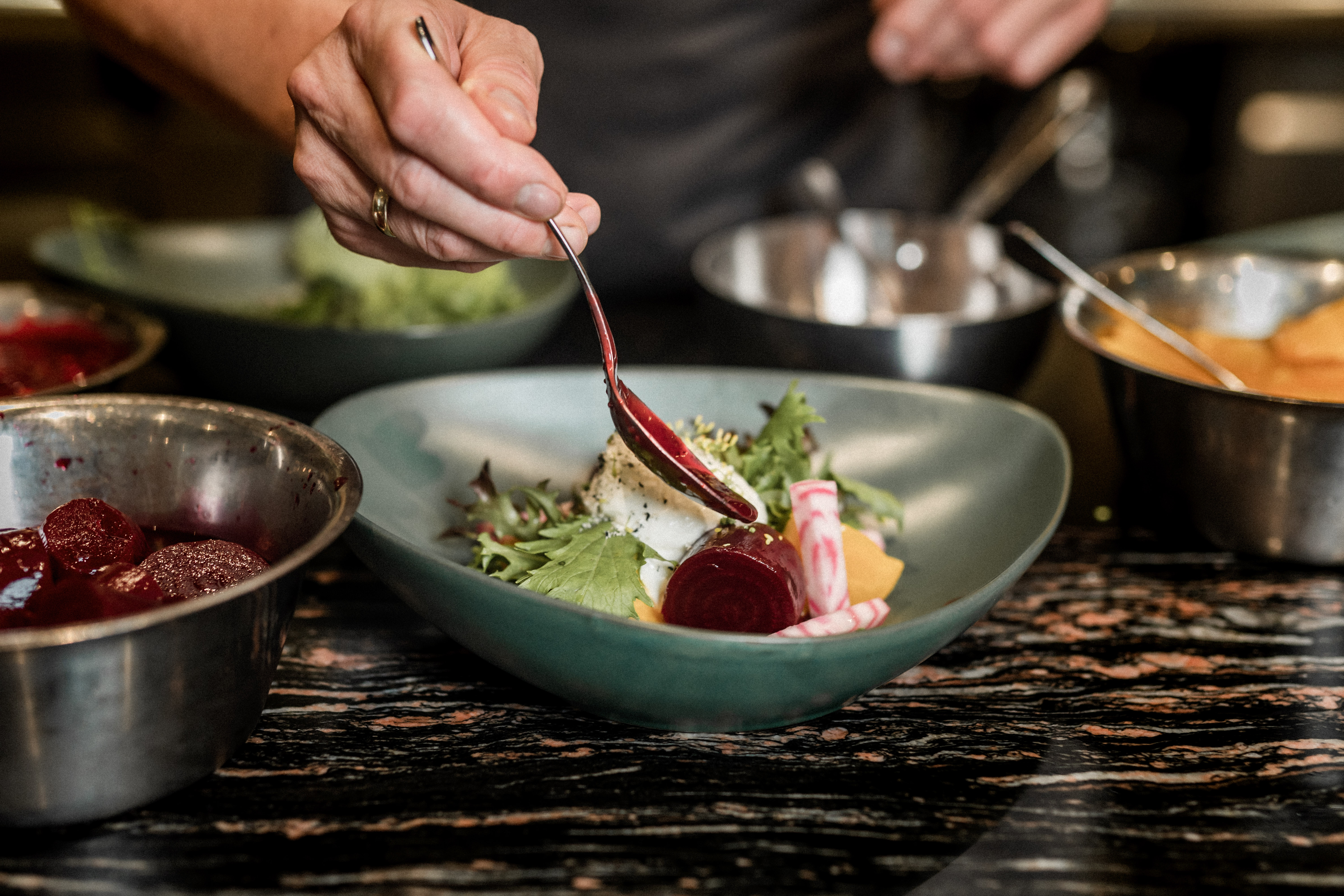
Is there such a thing as typical Hamburg cuisine? The quick answer is yes, traditional Hamburg cuisine does exist, and dishes that are synonymous with Hamburg and the surrounding area are still served in the classic way at several historic restaurants. Along with fish dishes, such as “Hamburger Pannfisch“ (Hamburg fried fish) and the legendary “Labskaus“ (a dish made with minced meat, fried egg, gherkins, and beetroot), it is sweet and sweet-and-sour dishes that are thought of as typically Hamburg. Fruit is often used in cooking, as in the popular “pears, beans and bacon“ dish, or Hamburg eel soup made with prunes (with no eel in sight). And let‘s not forget the legendary “Rote Grütze“ or red ruit jelly for dessert.
Traditional Hamburg dishes are on the heartier side and a far cry from fine cuisine, and many dishes are even created from leftovers or long-lasting food such as tinned meat. But it‘s easy to see that these dishes were favourites in the past for sailors and other visitors to the city who had smaller budgets. At first glance, some of these dishes may not seem very tasty, and they certainly leave a lot to be desired in terms of aesthetics, especially the Labskaus, which is made with chopped-up potatoes, beetroot, gherkins, fried eggs, and salted meat. But anyone who tries traditional Hanseatic dishes will quickly realise that they are all delicious, despite their appearances!
Today, more and more young and innovative Hamburg chefs see Hanseatic cuisine this way and are rediscovering these traditional dishes and interpreting them in their ownway. They are increasingly creating remarkable new creations at the highest level, some of which only give a subtle hint of the original. These chefs are using all the creative possibilities of modern cuisine: deconstruction, new cooking methods, healthy and high-quality ingredients, avant-garde decoration and arrangement, new portion sizes, and much more to elevate Hamburg‘s cuisine.
In short, the menus of many innovative Hamburg restaurants feature more and more exciting interpretations of Hamburg classics, which are gaining new fame and will not be forgotten. It is not uncommon for locally sourced ingredients to be used, especially since Hamburg‘s “Heimatküche“ (home cuisine) originated with seasonal products from the region, such as fish from the Elbe or the North Sea, vegetables from the Vierlande, and fruit from the Altes Land.
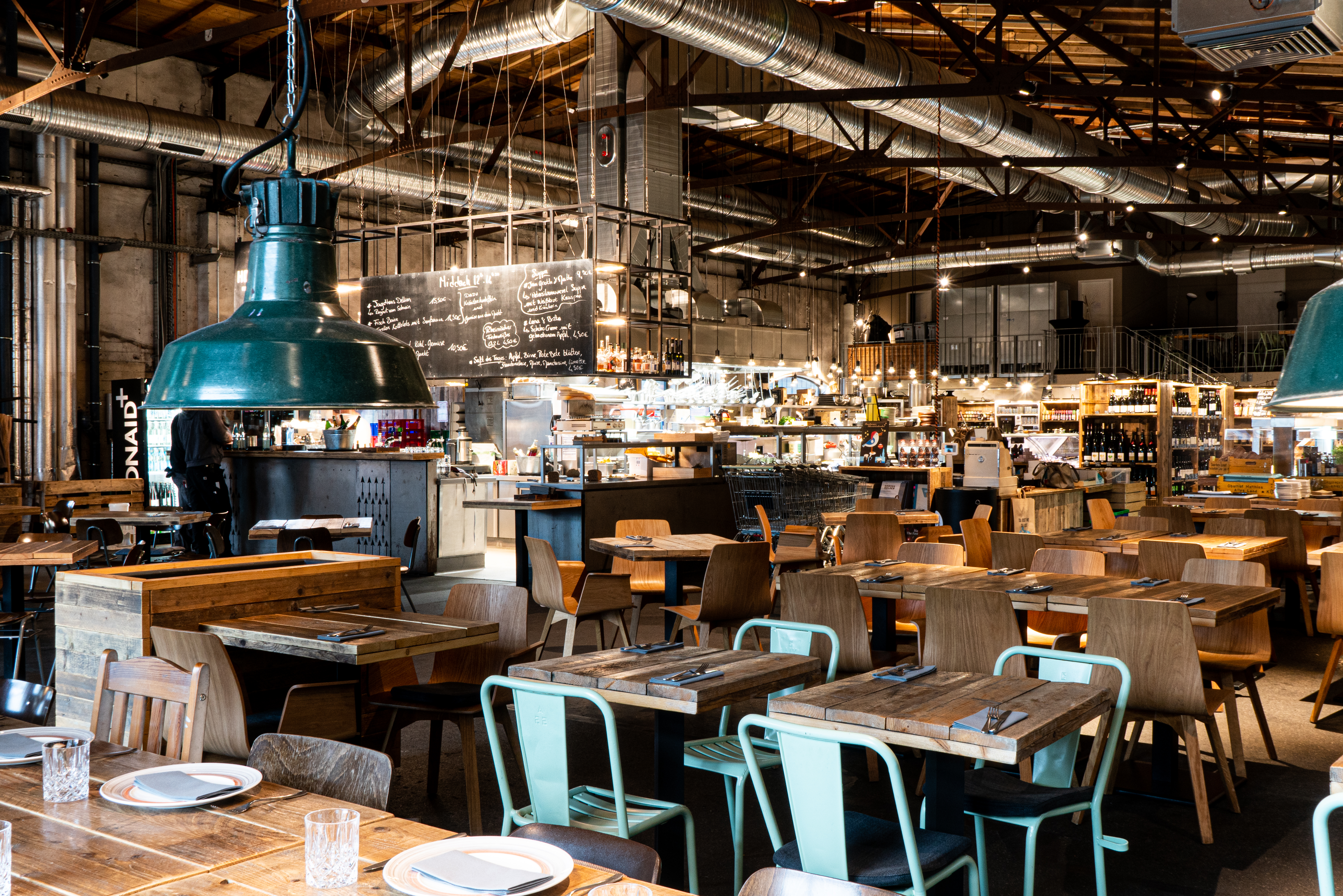
Regionality and seasonality are also top priorities for Thomas Sampl, chef and managing director of the “Hamburger Hobenköök“ (harbour kitchen), which is a marketplace, restaurant, and event space - in one. Sampl, from East Westphalia, has had a soft spot for traditional Hamburg cuisine for years and cooks traditional dishes with great passion and always with a twist of his own. He is currently collecting traditional recipes for a book about Hamburg‘s dishes and their history, alongside new interpretations of the classics.
If you ask Thomas Sampl about Hamburg cuisine, he will say:
“Hamburg cuisine was long forgotten and has much more to offer than the 5 dishes that have survived on the menus in the Hanseatic city. Using great local and regional staples from the Vierlande and Altes Land areas of Hamburg, we bring many of these old dishes into today‘s world in a healthy, modern, and creative way.“
But reinterpreted Hamburg cuisine is not only available at “Hobenköök,“ but also at Stefan Fäth‘s “Jellyfish“ restaurant, Sebastian Wolf‘s “Wolfs Junge“, Chef Maurizio Oster‘s “Zeik,“ “Heimatjuwel“ or “VLET,“ “Berta Emil Richard Schneider“ in Schanze as well as “Reep,“ the new restaurant in the Schmidt‘s Theatre, to name just a few. And many more, which are waiting to be discovered…
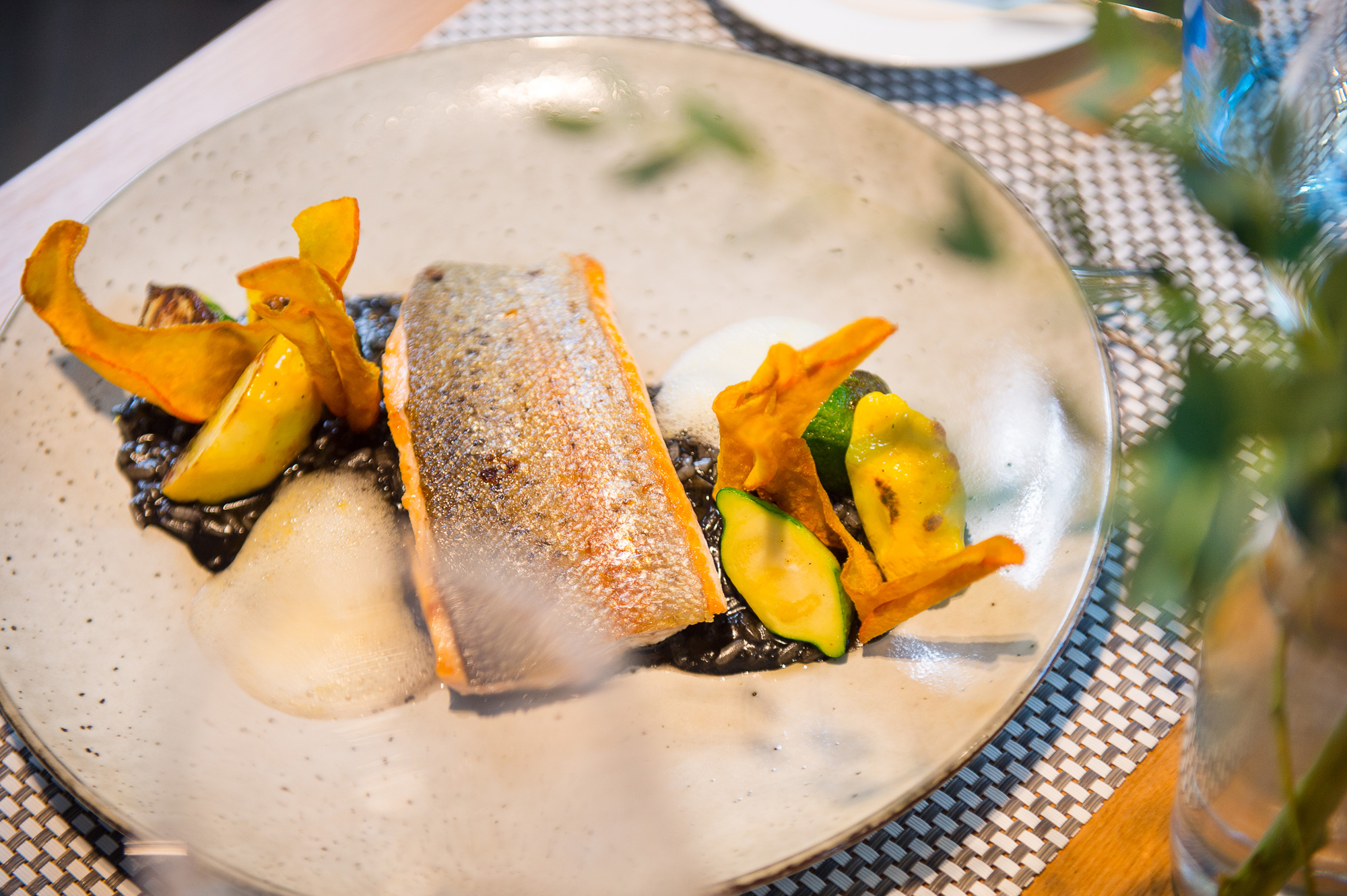

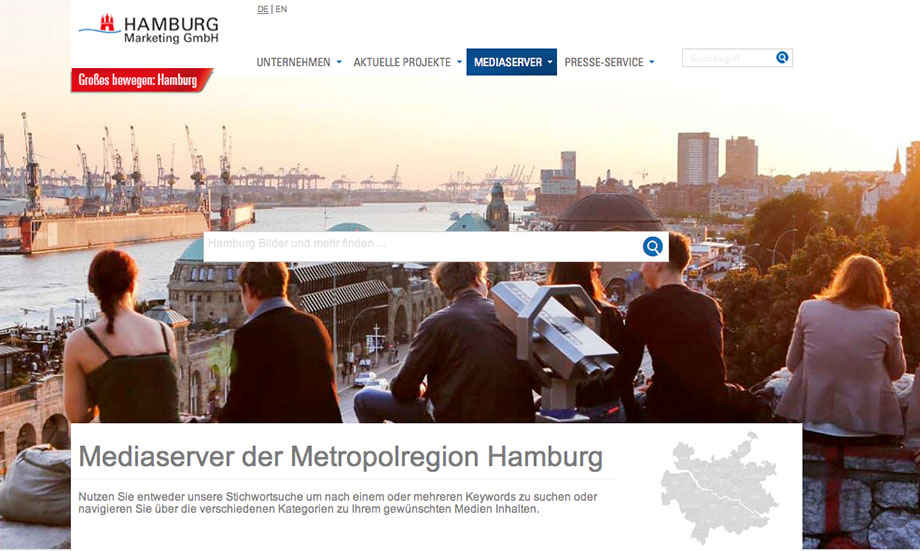


Louis - by Thomas Martin_low.jpg)



